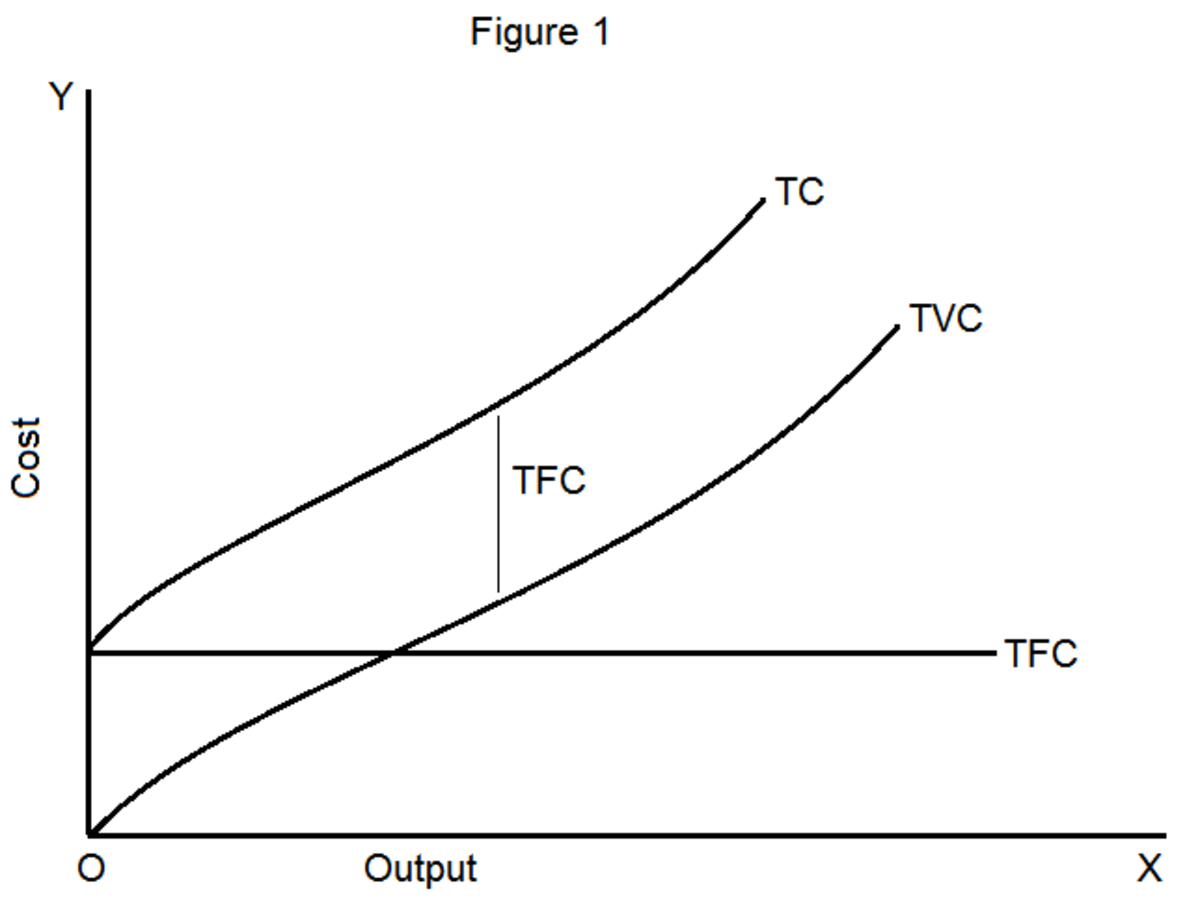cost estimation and cost measurement
Cost measurement is an important function of any organization that wants to make an impact. Without measuring costs, many decisions will be impossible to make. Finding ways to work out the cost of goods and services is an essential part of decision making that every manager must strive to achieve. IN THEORY, IT IS NOT DIFFICULT TO MEASURE COSTS AS COSTS ARE EASILY CLASSIFIED INTO:
VARIABLE COSTS: variable costs are those cost that correlation with the level of consuming activities. This is mostly assumed to be a linear relationship.
SEMI-VARIABLE COSTS: as the name implies, semi-variable costs are those costs that are mixed in nature. That is, both elements of fixed and variable costs can be found in them. Some techniques like; high-low method, regression analysis, algebraic method, etc can be used to separate costs in their various degrees.
FIXED COSTS: fixed costs are those costs that cannot be changed within a range. This is to say that fixed cost rarely exist in the long run as all costs behaves like variable or at least stepped cost in the long-run.
STEPPED COSTS: there are times when expansion or time and other factors will require that a particular expense that has been fixed for a period of time be changed to reflect economic reality, this explains the above situation where cost after some period experience a sharp move.
The assumption is theory is that these costs are easy to estimate thereby making it an easy task to measure costs.
DIFFICULTIES IN COST MEASUREMENT AND COST ESTIMATION TECHNIQUES
DIFFICUTIES OF MEASURING COSTS
Many costs are semi-variable, having both variable and fixed costs element
Very many costs are affected by many factors other than the once identified as traditional factors like production
Costs many change after they have been measured
Be it as it may, we cannot say because cost estimation is difficult and then not trying our possible best at making a highly reasonable estimate of costs. The next section of this article will be dwelling on how to estimate costs
TECHNIQUES FOR ESTIMATING COSTS
There are two main methods of measuring costs. They are;
TOTAL ABSORPTION COSTING METHOD
Here, an attempt is made to get the full cost of producing a unit of item by taking account of all costs of production, both variable and fixed cost. Fixed costs are apportioned using fixed overhead absorption rate. Fixed overhead absorption rate (FOAR) is worked out thus;
Fixed cost in period/units produced in that period.
Note that when there is more than one product in a production process, it would be inappropriate to use overhead absorption rate per unit. Rather, overhead absorption rate for labour should be calculated and then charge each participating unit for fixed overheads according to the amount of labour needed for each unit. Fixed overhead absorption costing method is used to enable the management of a company determine the total costs of production and subsequently fix the selling price of a product.
In practice, the phrase ‘recovery of fixed cost is the usually used to mean overhead absorption.
OTHER METHODS OF ABSORBING FIXED COSTS
Fixed costs can be absorbed using any of the following methods:
· Per direct labour hour
· Per machine hour
· As a percentage of labour cost
· As a percentage of direct materials
· As a percentage of prime cost
· Per unit
The first three are the most common methods of apportioning fixed costs.
RE-APPORTIONING FIXED COST
Sometimes, certain fixed costs like canteen costs needs to be re-apportioned to other departments that used their services. Any of these three methods can be used to do this; repeated reapportionment, direct re-apportionment, and algebraic reapportionment. The fastest of these three methods is the direct method of re-apportionment. The difference is result is not significant and can therefore be ignored.
BENEFITS OF (TAC) TOTAL ABSORPTION COST
· It is useful in meeting the requirement of external financial reporting
· Help in fixing the selling price of a product
· It gives management information on what cost should be cut and at what time and amount.
Marginal costing method
Marginal costing method simply estimates costs accounting only for the variable costs incurred by producing an additional unit of a product. Marginal costing does not recognize the existence of fixed costs and overhead costs. Products can still be sold at a price below their total cost provided it is above the marginal cost of production.
The main benefit of marginal costing method is that it helps management in decision making.
Activity based costing is another cost measurement technique that is likely to give a more reliable account of costs that ate driven by the number of activities that take place in a particular department. Costs in this sense are determined by making reference to the number of cost drivers and not necessarily the number of hours spent on a project or department.
The scope of this article would not allow me to demonstrate all that I have said with a numerical example or two but, I encourage you to keep an eye on this blog as there are more to come. In the meantime, keep reading and enjoying other posts in this hub.





